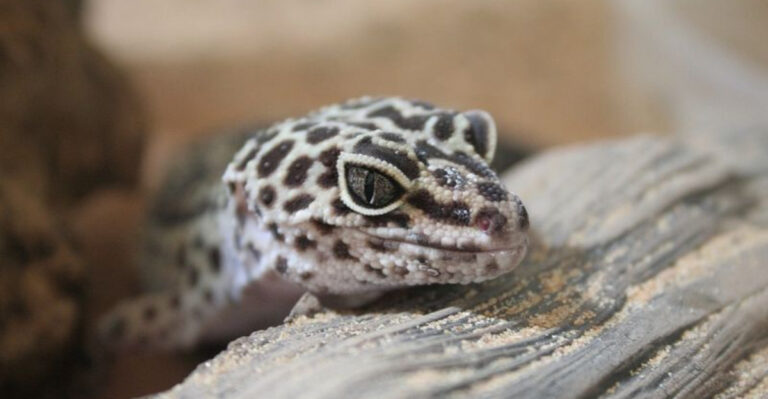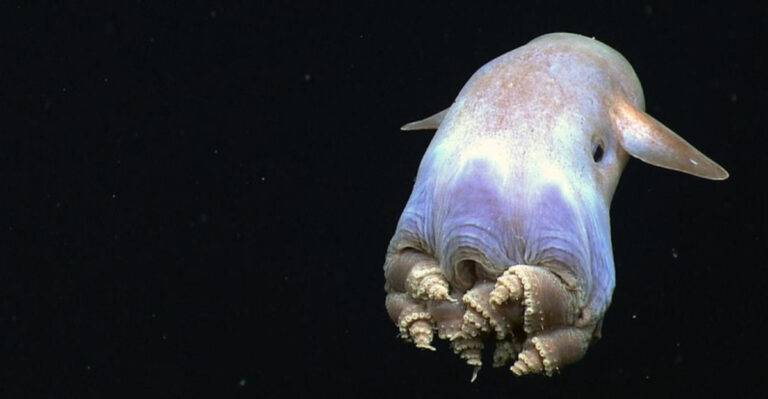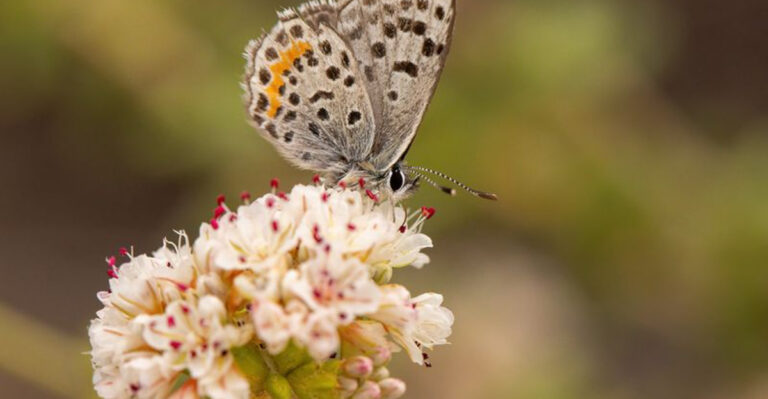12 Lab Experiments Altering Animal DNA To Ensure Survival In A Changing World
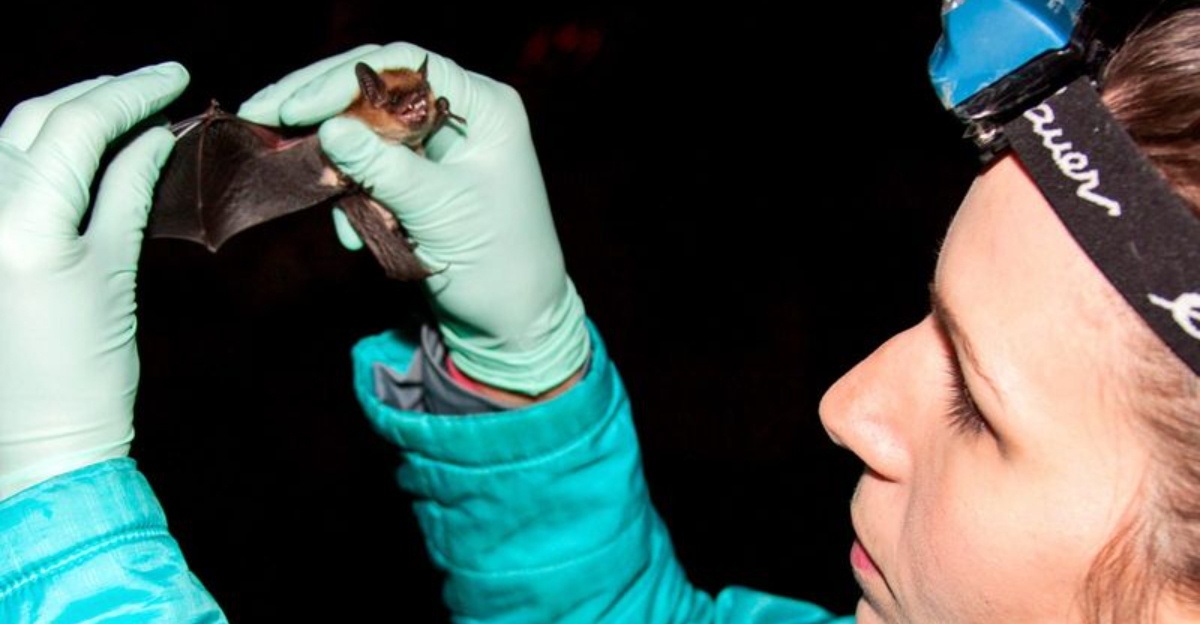
Scientists worldwide are racing to help animals adapt to our rapidly changing planet. As climate shifts, habitats disappear, and diseases spread, traditional conservation methods might not be enough.
Researchers are now turning to genetic engineering, making targeted changes to animal DNA that could help species survive threats they never evolved to face.
These groundbreaking experiments balance scientific possibility with ethical questions about how far humans should go to fix problems we’ve largely created.
1. Heat-Resistant Coral Creation
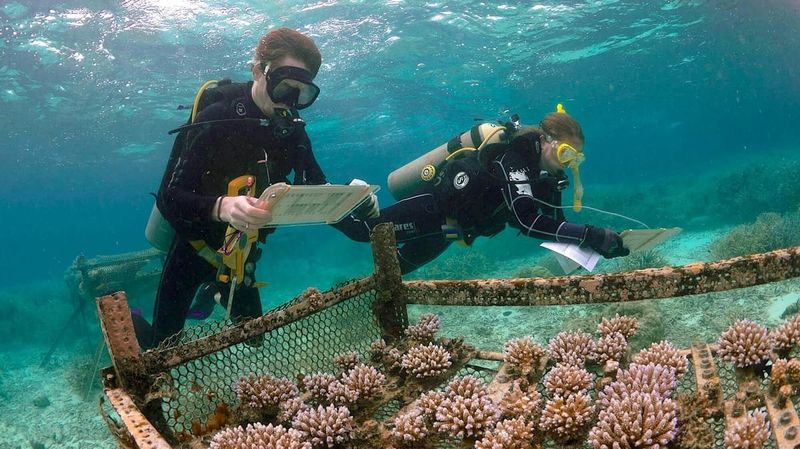
Australian scientists have developed a method to alter coral DNA, creating strains that can withstand water temperatures up to 2°C higher than their natural counterparts. The technique involves selectively breeding naturally heat-tolerant corals, then enhancing specific genes responsible for temperature adaptation.
Early trials on the Great Barrier Reef show promising results. Modified coral colonies maintained their vibrant colors and continued to grow during heat waves that bleached nearby unmodified corals.
The race continues to perfect this technology before ocean temperatures rise beyond the point of no return. Scientists hope these super corals might form the foundation of future reef ecosystems in our warming oceans.
2. Mosquito Immunity Enhancement
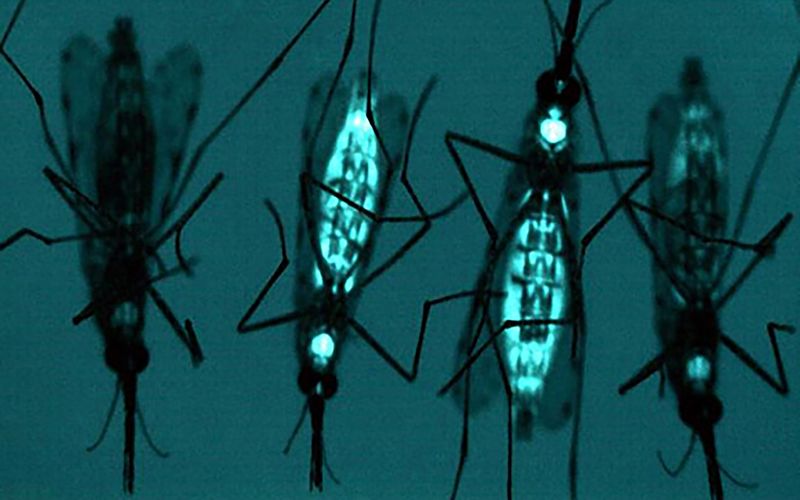
Malaria kills hundreds of thousands annually, but a revolutionary approach targets the mosquitoes themselves. Scientists have modified Anopheles mosquitoes with genes that make them resistant to the malaria parasite, essentially turning these insects into dead-end hosts.
The altered mosquitoes cannot pass the disease to humans. When released into wild populations, they mate with normal mosquitoes and spread the immunity gene. Computer models suggest this could reduce malaria transmission by up to 90% in certain regions.
Field trials in Burkina Faso have begun with careful monitoring to ensure there are no unintended consequences to local ecosystems.
3. Arctic Fox Thermal Adaptation

Arctic foxes face a warming climate that threatens their specialized cold-weather adaptations. Researchers have identified genes from red foxes that allow efficient cooling in warmer temperatures and are working to introduce these traits into arctic fox DNA.
The modified foxes maintain their beautiful white coats but develop enhanced sweat glands and more efficient panting mechanisms. Early results show the experimental animals can maintain healthy body temperatures in environments up to 15°F warmer than their unmodified relatives can tolerate.
Ethical debates continue about whether helping these animals adapt is better than focusing solely on fighting climate change itself.
4. Amphibian Fungal Resistance
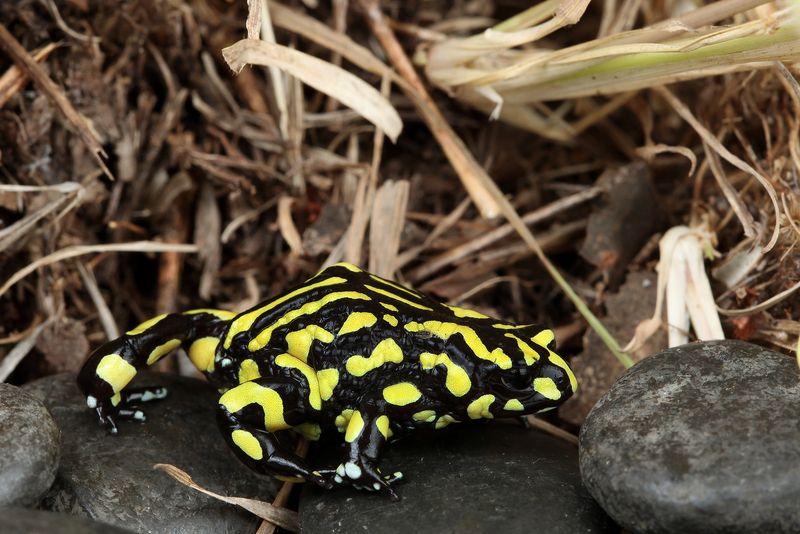
A deadly fungus called Batrachochytrium dendrobatidis has wiped out hundreds of frog species worldwide. Now, scientists have successfully edited genes in endangered amphibians to produce skin peptides that naturally fight off the fungal infection.
Lab-raised frogs with the modified genes show remarkable survival rates when exposed to the pathogen. Their skin produces antimicrobial compounds similar to those found in fungus-resistant species like the American bullfrog.
Conservation teams hope to eventually release these protected frogs into the wild, potentially saving species on the brink of extinction. The technology could be adapted for other amphibians facing similar threats.
5. Drought-Tolerant Elephant DNA

African elephants increasingly face deadly droughts as climate patterns shift. Taking inspiration from desert-adapted camels, geneticists have modified elephant embryos with genes that improve water retention and storage.
The modified elephants can go nearly twice as long without drinking and lose less water through respiration and waste. Their kidneys extract more moisture from food and produce more concentrated urine.
Currently, these modifications exist only in laboratory settings with strict ethical oversight. Researchers debate whether such changes should ever be introduced to wild populations or if they should remain as a last-resort option for elephant conservation.
6. Polar Bear Metabolism Reengineering
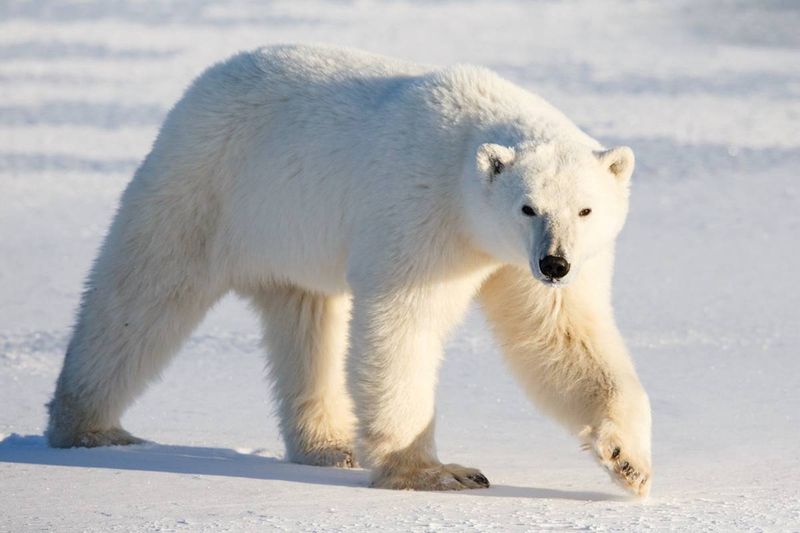
As Arctic sea ice vanishes, polar bears lose critical hunting grounds. Scientists have identified genes that control hibernation and fat metabolism in black bears and are working to introduce similar traits into polar bears.
The experimental bears can enter a semi-hibernation state during food scarcity, dramatically slowing their metabolism. They also process stored fat more efficiently, extending survival during periods when seals are inaccessible.
The research remains highly controversial. Critics argue we should focus on preserving Arctic habitats rather than altering iconic species. Supporters counter that these modifications might buy precious time while broader climate solutions are implemented.
7. Sea Turtle Shell Strengthening
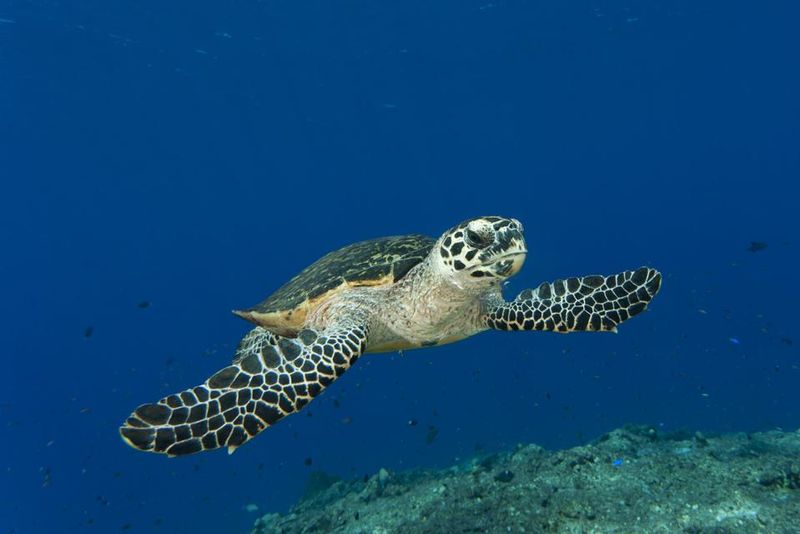
Ocean acidification weakens the shells of sea turtle eggs, leading to devastating hatchling mortality. Genetic engineers have modified turtle DNA with genes from shellfish that produce stronger calcium carbonate structures even in acidic conditions.
The enhanced turtles develop eggs with shells that are 40% more resistant to acidification. This small change could make the difference between extinction and survival for several endangered sea turtle species.
Conservation programs in Florida and Costa Rica are evaluating the potential of releasing modified turtles to breeding beaches. The technology represents a targeted approach to helping these ancient mariners navigate human-caused ocean changes.
8. Monarch Butterfly Climate Adaptation

Monarch butterflies face threats from shifting climate patterns that disrupt their legendary migration. Researchers have modified monarch DNA to help them tolerate a wider temperature range and recognize alternative milkweed species as food sources.
The genetic changes allow caterpillars to digest toxins in different milkweed varieties while maintaining their protective chemical defenses. Modified monarchs can also survive brief cold snaps or heat waves that would kill their unaltered counterparts.
Scientists hope these adaptations will help sustain monarch populations as their traditional migration routes and food sources change. Early field tests show promising results, with modified butterflies successfully establishing in new habitats.
9. Bee Immune System Enhancement
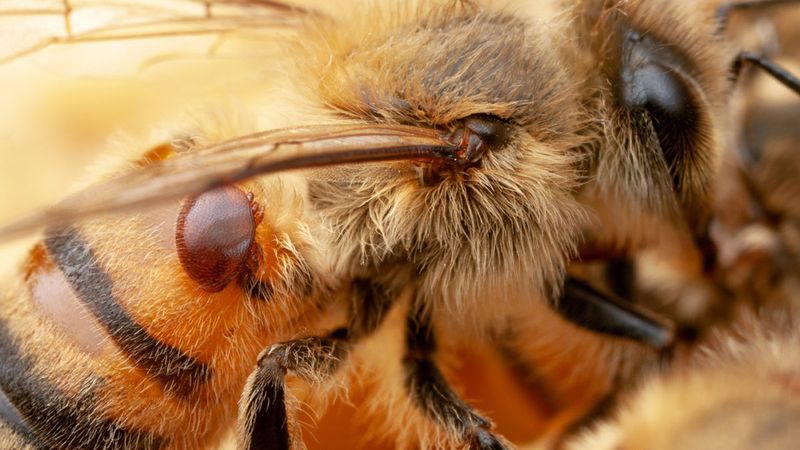
Honeybees worldwide are dying from parasites, pesticides, and diseases. A groundbreaking project has identified genes from naturally resistant bee populations and introduced them into commercial honeybee lines.
The modified bees produce stronger antimicrobial compounds in their honey and have enhanced detoxification pathways that help them survive pesticide exposure. Their improved grooming behaviors also help remove deadly Varroa mites, a major contributor to colony collapse.
Beekeepers in California have begun limited trials with these resilient bees. Early results show colony survival rates nearly triple those of standard honeybees, potentially securing the future of these crucial pollinators.
10. Wolf Pack Disease Resistance
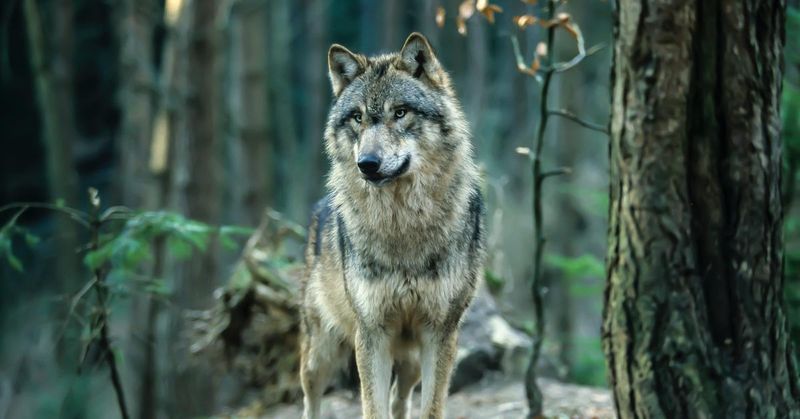
Gray wolves face emerging diseases as they recolonize former territories. Researchers have developed a technique to enhance wolf immune systems using genes from populations that survived historical epidemics.
The modified wolves carry resistance to canine distemper and parvovirus, diseases that can devastate entire packs. Scientists track these animals through implanted biochips, monitoring how the genetic changes affect their survival and reproduction in the wild.
Early data shows the enhanced wolves maintain normal pack behaviors while enjoying significantly higher survival rates during disease outbreaks. The project could provide a model for protecting other predator species facing similar disease threats.
11. Salmon Oxygen Utilization Improvement
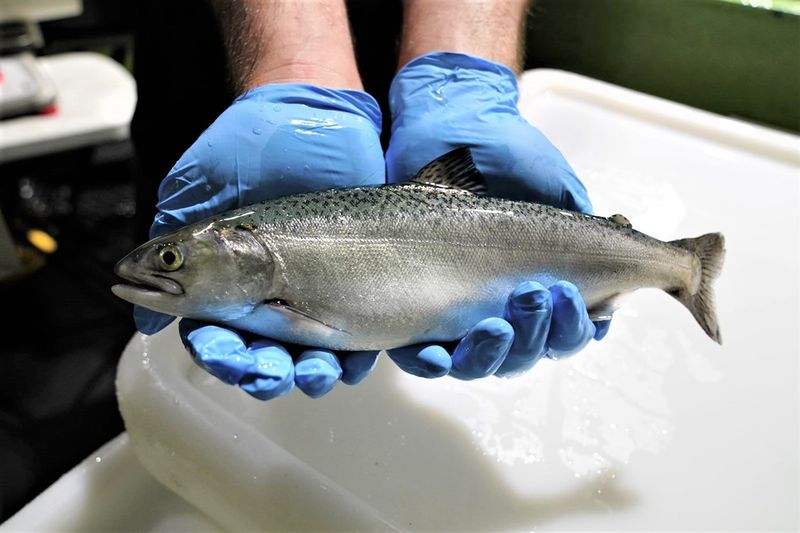
Rising water temperatures reduce oxygen levels in rivers, threatening salmon during their spawning runs. Genetic engineers have modified Pacific salmon with genes from Antarctic icefish that allow efficient oxygen extraction from oxygen-poor water.
The enhanced salmon develop specialized gill structures and hemoglobin that functions better in warm conditions. They can successfully navigate rivers that would suffocate their unmodified counterparts.
Trials in Washington state hatcheries show promising results, with modified salmon showing 70% better survival in warm, low-oxygen conditions. Indigenous communities participate in oversight committees, ensuring cultural perspectives inform decisions about releasing these fish into ancestral spawning grounds.
12. Bat White-Nose Syndrome Defense
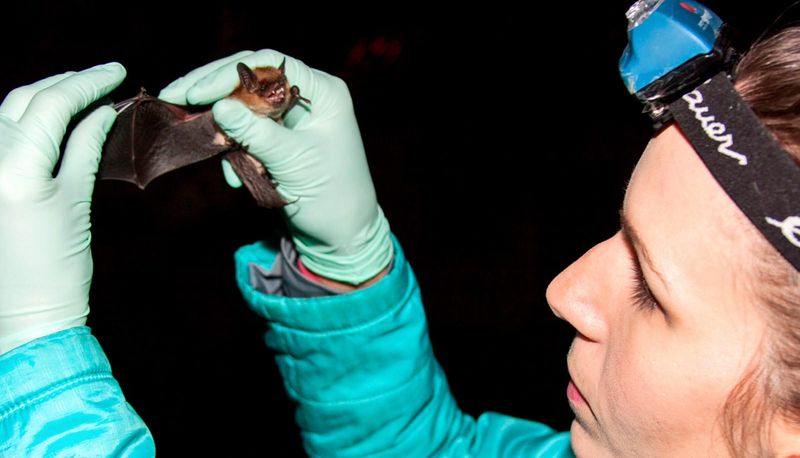
White-nose syndrome has killed millions of North American bats since 2006. Scientists have identified genetic factors that allow certain bat species to resist the fungal infection and transferred these traits to vulnerable species.
The modified bats produce skin secretions containing natural antifungal compounds. They also exhibit altered hibernation patterns that reduce fungal growth opportunities while maintaining sufficient winter fat reserves.
Conservation programs in New York and Tennessee are establishing protected colonies of these resistant bats. If successful, the project could prevent the extinction of several bat species while preserving their crucial role in controlling insect populations and pollinating plants.



